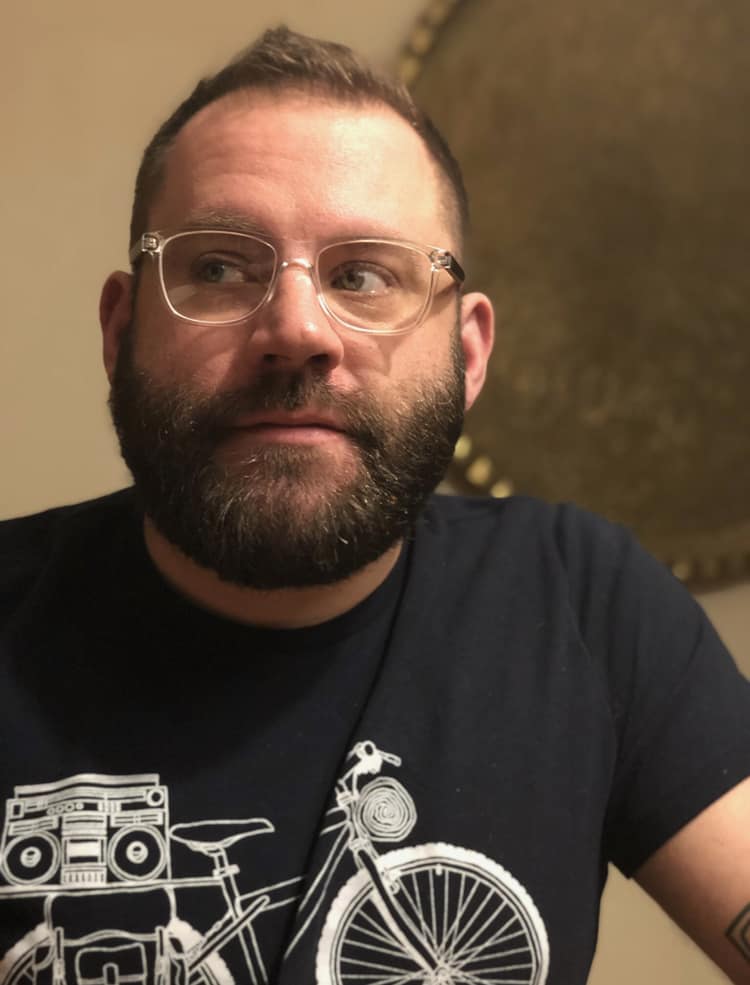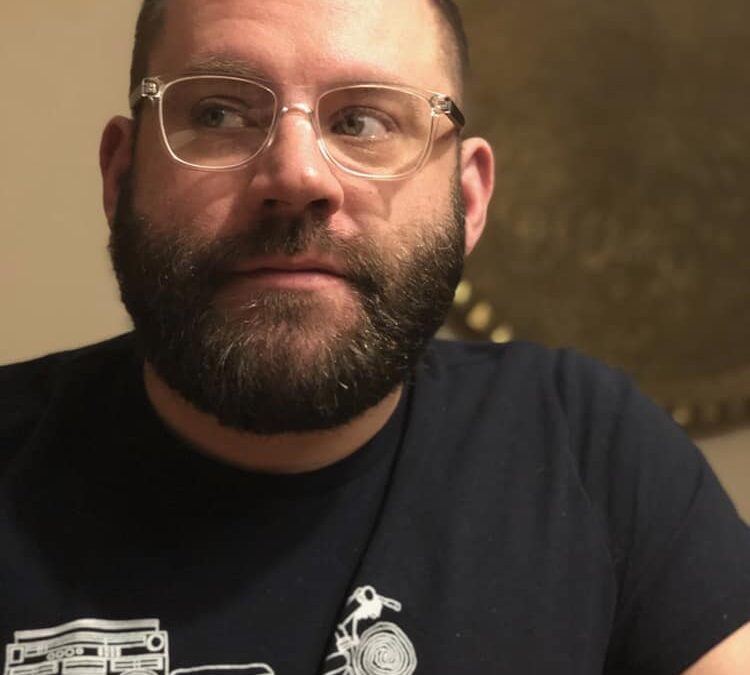
PROFESSOR HOLLIS GRIFFIN, Special to The Denisonian—This letter is in response to the stolen and broken touring art piece that was put on display in Curtis Dining Hall as part of the About Ourselves/Inside Ourselves exhibition on display at the Denison Museum, as previously reported by The Denisonian. The work, an authorized reproduction of the original, was “Untitled (March 5th) # 1” by artist Felix Gonzalez-Torres, who was a gay rights activist.
Hart Island is a tiny speck of land that sits in the Long Island Sound near New York City. It is so out-of-the-way that most people cannot even get to it. In the 1980s and 1990s, Hart Island was where New York City buried people who were abandoned by their families or were refused funeral services because they died of AIDS. At the height of the epidemic, gay men were disproportionately represented in figures measuring AIDS deaths as well as the list of people buried on Hart Island. In the early days of the epidemic, the means of transmitting the disease was still unknown. As a result, the bodies of AIDS victims were feared and considered a problem that needed to be eradicated. So New York City carted these people’s remains to Hart Island and placed them in mass graves. To this day, it is very difficult to find the exact location of someone’s remains. In short: people who died of AIDS were discarded on Hart Island and essentially lost there. Out of sight, out of mind. In the years since, the city government has apologized for and expressed embarrassment about this practice. No harm, no foul. They said they were sorry, right?
In the past week, Denison’s campus and Hart Island have had more in common than I, for one, would hope. I am hopeful that there is a lesson in Hart Island that we at Denison might heed.
The exhibition at the Denison Museum this semester is “About Ourselves/Inside Ourselves,” which is a showcase of work by LGBTQ+ artists. The curator at the museum assembled a wonderful exhibit that foregrounds questions of sexuality and identity—how people who look, live, and love differently attempt to represent themselves, their desires, and the worlds they inhabit. Félix González-Torres (1957-1996)—a gay, Cuban-born American man who died of AIDS—is one of the artists featured in the show. González-Torres was a conceptual artist who was devoted to Minimalism and the representation of intimacy, desire, life, death and the capacity to love. In his brief life, he amassed a stunning, provocative body of work.
González-Torres used mundane objects—lightbulbs, paper, plastic clocks, candy—to offer deeply moving commentaries about his life and the disease that ravaged his body. AIDS eventually claimed his life, as well as the lives of many people who were dear to him, including the person he loved most. I find González-Torres’s work beautiful but crushing. There’s something urgent about it; it demands that we see something painful. At the same time, there’s real, palpable beauty in its simplicity.
A temporary manifestation of one of the González-Torres pieces in the exhibit—“Untitled” (Blue Mirror)—involves a big stack of light blue paper. Students and other members of the Denison community are invited to take a piece of paper with them and hang onto it so that the exhibit stays with them in some way after they leave. Maybe they will stick it in a bag and encounter it in a week. Maybe they will leave it in the corner of a desk drawer and find it when they move out of the dorm in May. Maybe they will leave it on a table in Slayter and someone will see it and wonder what it is and why it is there. The point is that the paper lingers in precisely the way that González-Torres himself did not. He saw our interactions with his art as his legacy; engaging with his art is essentially engaging with him.
A few weeks ago, a Denison student saw another temporary manifestation of González-Torres’s work and liked it enough to steal it. To be clear, this piece was not interactive and could not have been mistaken as such. It was an unmistakably labeled sculpture hanging on a wall in Curtis outside the dining hall that the student lifted and brought home to hang in a dorm room. At some point, the student abandoned this sculpture, dumping it in a dorm hallway, where it was then broken and thrown away. Given the deeply symbolic nature of González-Torres’s work and the intimate ways he wanted us to engage with it, the theft, destruction and disposal of this sculpture by a member of the Denison community resonates in ways that I, for one, find quite painful. In breaking and discarding the piece, the parallels between the dorm hallway at Denison and Hart Island in New York are too strong to merely set aside. But false equivalences are dangerous: the dumping of a body and the trashing of a sculpture may have the same shape but they do not have the same scale. Hyperbole can prevent empathy and, as an artist, Félix González-Torres hoped to inspire empathy in people above all else.
Is there a warning in Hart Island that Denison might heed? Because let’s face it, the student who took the art could have been anybody. The point is not theft. The point is not being mindful: of others, of the consequences of one’s actions, of one’s place in the world. And we are all guilty of that. Each of us. Every day.
Let’s use this incident as an opportunity to consider some hard questions. As a community, what do we ignore, hide or dispose of? What do we fear? What do we take for granted? Better yet, what does Félix González-Torres offer us in terms of ways of thinking about ourselves and our community? What do we want our legacy to be? Who or what do we love so much that we see it everywhere, even in the mundane? What is so important to us that we want to press it into someone’s hand and beg them to take it with them when they go?
These questions do not have clear answers, but they do ask that we be better versions of ourselves. If we do nothing else, let’s please use this incident to do that. Félix González-Torres deserves that from us. The people buried on Hart Island do too.
Hollis Griffin has been an Associate Professor of communication at Denison since 2012 and is originally from Stony Point, New York.

